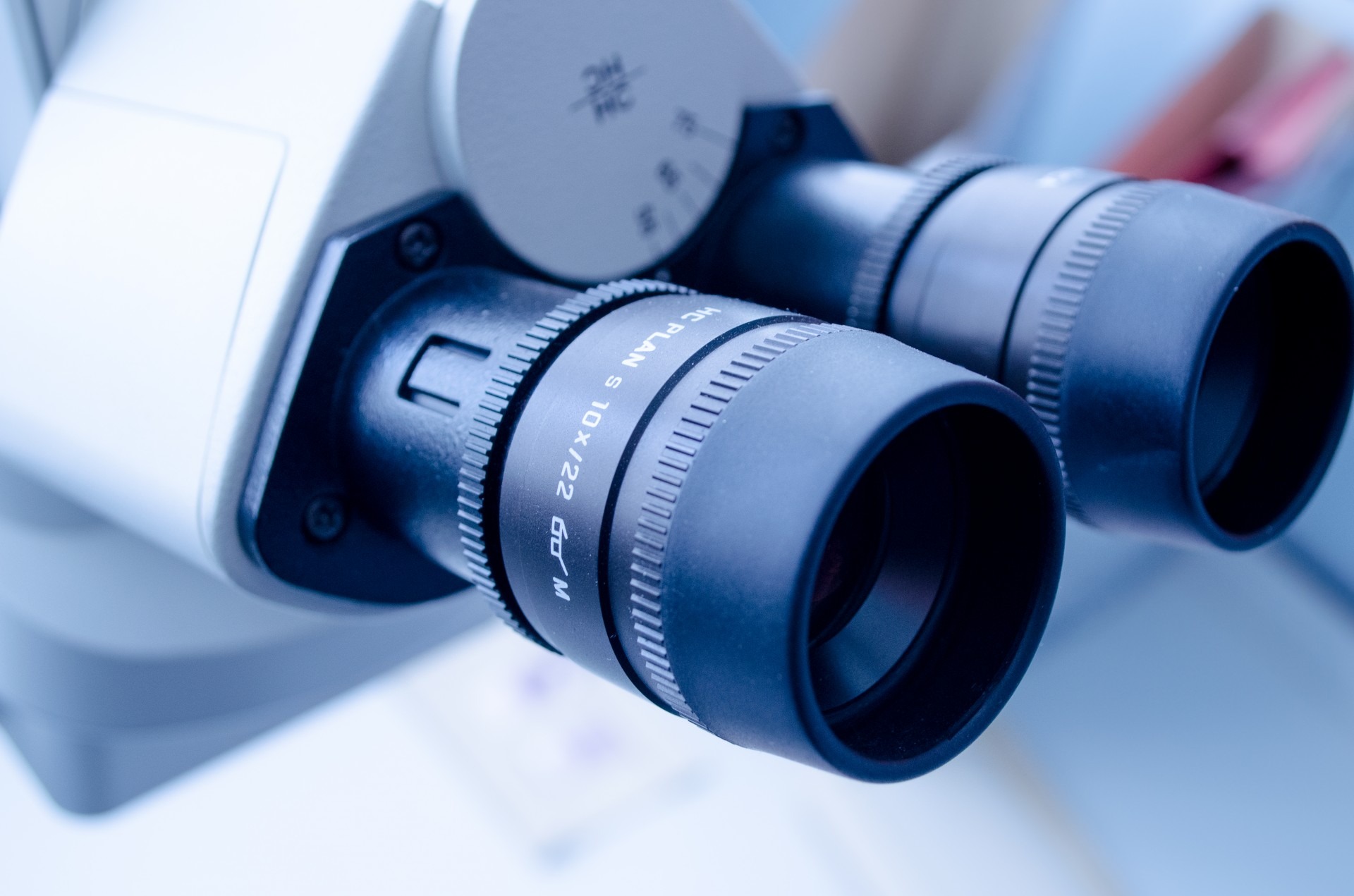Clinical trials are research studies that explore whether or not a new device, medication or medical strategy is safe and effective. In several ways, your experience as a research participant may be similar to your regular visits at your physician’s office. Clinical trials, however, can involve more tests, additional treatments, and extensive care that you may have otherwise not have received.
What is Clinical Trial Protocol?
Each clinical trial is led by a Principal Investigator or PI who is often a doctor. The PI and the medical team follow a master plan referred to as a protocol, which explains how the trial will work, what will be done during the clinical trial, and why. The same clinical trial may be tested in different medical centers around the country or the world, and every one of them follows the same protocol.
According to Clincaltrials.gov, the information found in a protocol is:
- Number of patients that will take part in the trial
- Eligibility criteria
- What tests patients will get and the frequency in which they will get them
- The data that needs to be collected
- Detailed information about the treatment plan
Phases
All clinical trials involving the testing of a new medicine, device or procedure are done in different phases. Each phase has a different purpose, timeline, and study volunteer requirements and criteria.
- Phase I: 20 – 100 study participants are needed throughout several months with the purpose of testing the safety and appropriate dosage of the treatment. During this phase, the drug or device is tested in healthy volunteers to find how the drug interacts with the human body. Approximately 70% of drugs move to the next phase.
- Phase II: 100+ study participants are needed throughout the course of up to two years with the purpose of testing the efficacy and side effects of the treatment. Approximately 33% of drugs move to the next phase.
- Phase III: Up to 3,000 study participants are needed throughout the course of up to four years with the purpose of testing efficacy and the monitoring of adverse reactions to the treatment. The goal is to demonstrate whether a product is beneficial for a specific population. Approximately 25-30% of drugs move to the next phase.
- Phase IV: Several thousands of volunteers are needed to test the efficacy and safety of the treatment. Trials in this phase are carried out once the drug or device has been approved by the FDA.
Clinical trials may offer you a better understanding of your condition and allow you to play a more active role in your healthcare. Participating will give you the opportunity to access potential new treatment options not widely available to the public and will involve you in the advancement of medical research.
Thank you for your interest in clinical trials, click here to find a clinical trial that’s right for you!
Original articles can be found:
https://www.fda.gov/ForPatients/Approvals/Drugs/ucm405622.htm

